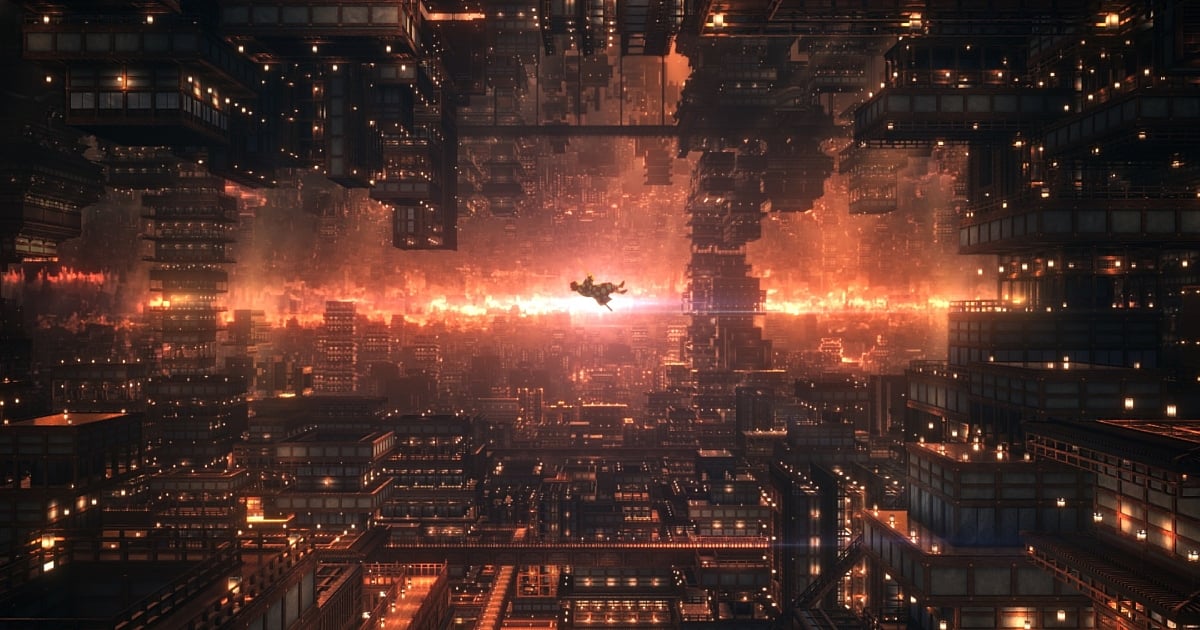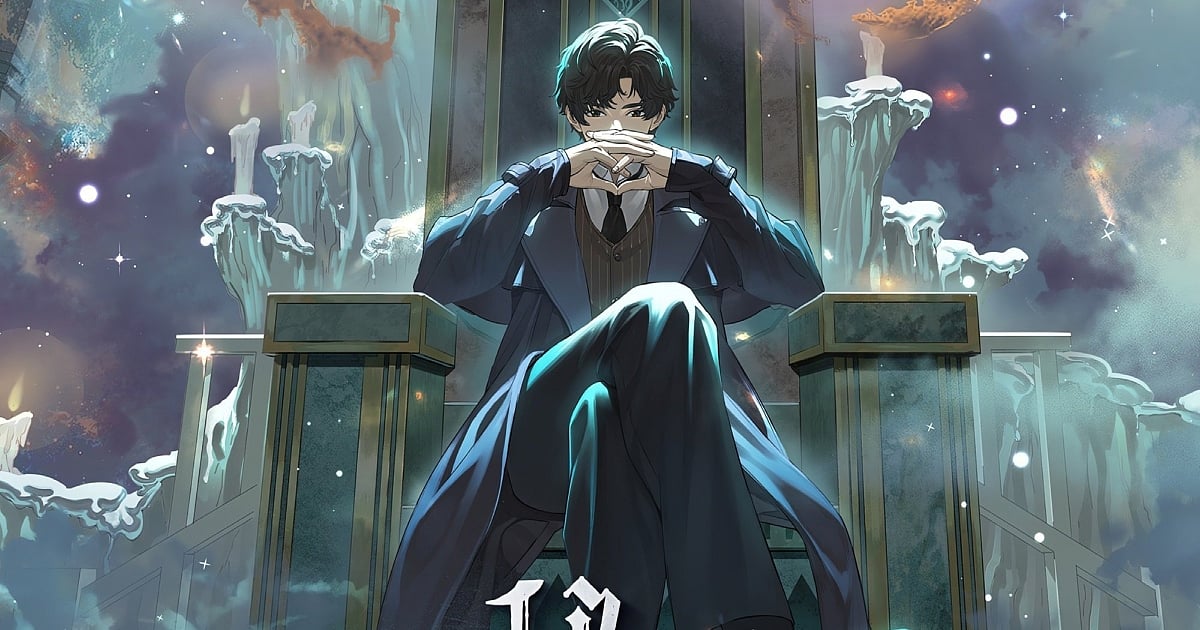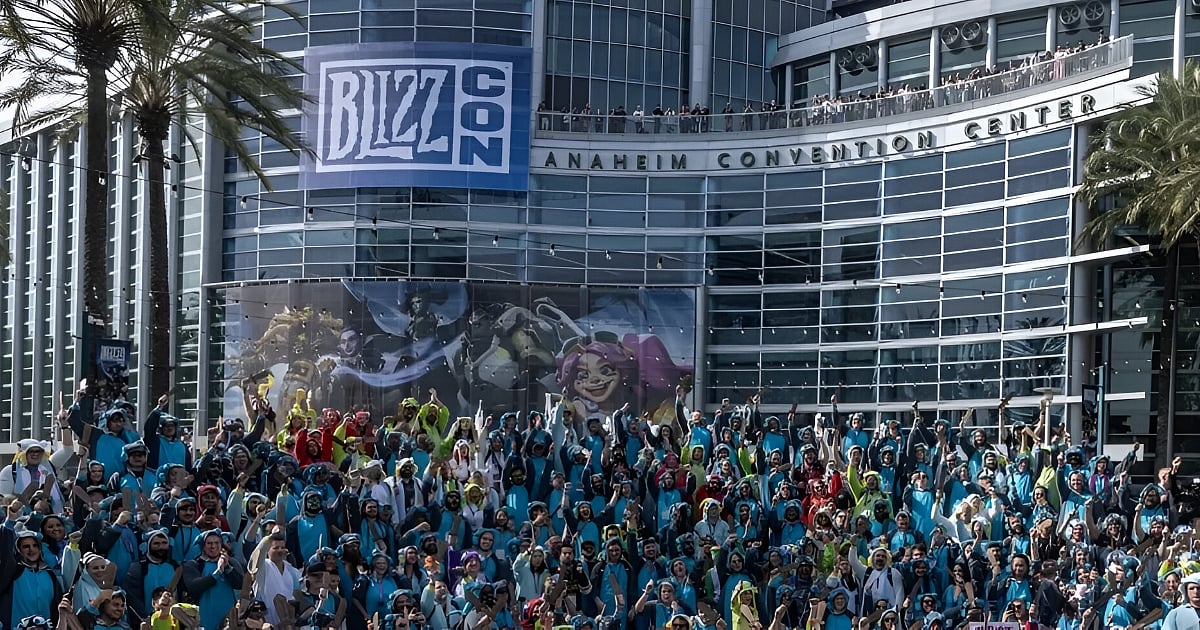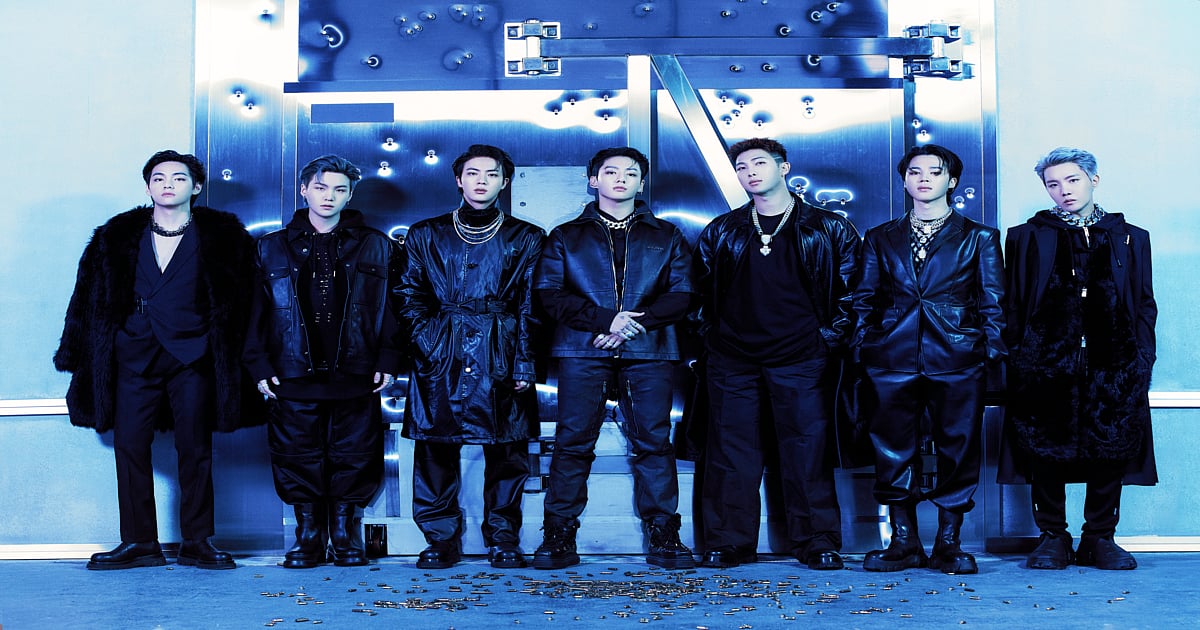
Japan's anime industry is in crisis.
China's 'Donghua' Rise Threatens Japan's Struggling Anime Industry
Japan's anime industry faces a 'profitless boom,' causing studio closures and delays, while China's donghua market rises as a powerful competitor.
Highlights
- Japan's anime industry is in crisis, with studios collapsing despite global success.
- Low pay and burnout are causing production delays and talent to leave.
- China's animation industry is booming, becoming a major competitor
While anime fans worldwide are celebrating massive hits like Demon Slayer, Chainsaw Man, and Solo Leveling, the Japanese industry behind them is facing a brutal paradox. Despite the global market soaring, a "profitless boom" is causing studios in Japan to collapse, a crisis now intensified by the meteoric rise of China’s own cash-rich animation industry.
According to Japan’s Teikoku Databank, eight Japanese animation companies have already closed their doors or filed for bankruptcy in 2025, continuing a grim upward trend for the third consecutive year. This is happening even as Japan’s anime market hit a record $25.25 billion in 2024.
The problem is that this success isn't generating sufficient revenue for the studios. Analysts report that over a third of Japan's studios operate at a loss, squeezed by rising costs, while most profits go to the large companies that own the IP rights.
This crisis has hit Japan at its weakest point: its people. The industry is infamous for exploiting its creators with low pay and burnout conditions. A new study from the Nippon Anime & Film Culture Association found animators clocking an average of 225 hours per month, far above the national average of 163.5. This is causing a "brain drain" as talent leaves the industry or is poached by competitors in China and South Korea, offering better pay.
For fans, this internal collapse is becoming visible through increasing anime delays and quality issues. Labour shortages and inadequate production schedules are forcing studios to outsource work, which can lead to disconnected productions and quality dips, as seen in recent concerns about One-Punch Man Season 3.
Many anticipated 2025 releases have been postponed; Pass the Monster Meat, Milady was pushed from a spring to a fall premiere, and Chitose Is in the Ramune Bottle recently announced a broadcast delay. Other major titles, like Witch Hat Atelier, Sentenced to be a Hero, and Dorohedoro Season 2, have been pushed into 2026.

IMDb
China's Donghua Market Moves from Customer to Competitor
At the same time, China’s domestic anime (or donghua) industry is rising as a powerful competitor. China's market is predicted to soar from $2.24 billion in 2024 to reach $4.6 billion by 2030, fuelled by streaming platforms like Bilibili and a massive demand for local content. China is rapidly moving from being Japan's biggest customer to its biggest rival.
Chinese studios are no longer just offering cheap subcontracting services; their production costs are reportedly only one-third of those in Japan, and they are now focused on developing their own successful IP. China has produced worldwide donghua hits in 2025, like Lord of Mysteries and To Be Hero X.
Some additional shows, such as All-devouring Whale: Homecoming and Who Made Me a Princess, have even been dubbed and broadcast in Japan. Chinese tech giants like Tencent are also investing directly, acquiring stakes in Japanese companies like Kadokawa to co-develop new IPs.
While the global anime market is forecast to more than double from $38 billion in 2025 to $89.72 billion by 2035, Japan's leadership in the space is uncertain. Experts warn that the nation must urgently implement new measures that benefit animation studios and their staff.
Without a fair distribution of profits and investment in new animators, Japan risks watching the industry it created be handed over to its biggest rival.

Author
Krishna Goswami is a content writer at Outlook India, where she delves into the vibrant worlds of pop culture, gaming, and esports. A graduate of the Indian Institute of Mass Communication (IIMC) with a PG Diploma in English Journalism, she brings a strong journalistic foundation to her work. Her prior newsroom experience equips her to deliver sharp, insightful, and engaging content on the latest trends in the digital world.
Krishna Goswami is a content writer at Outlook India, where she delves into the vibrant worlds of pop culture, gaming, and esports. A graduate of the Indian Institute of Mass Communication (IIMC) with a PG Diploma in English Journalism, she brings a strong journalistic foundation to her work. Her prior newsroom experience equips her to deliver sharp, insightful, and engaging content on the latest trends in the digital world.
Related Articles






